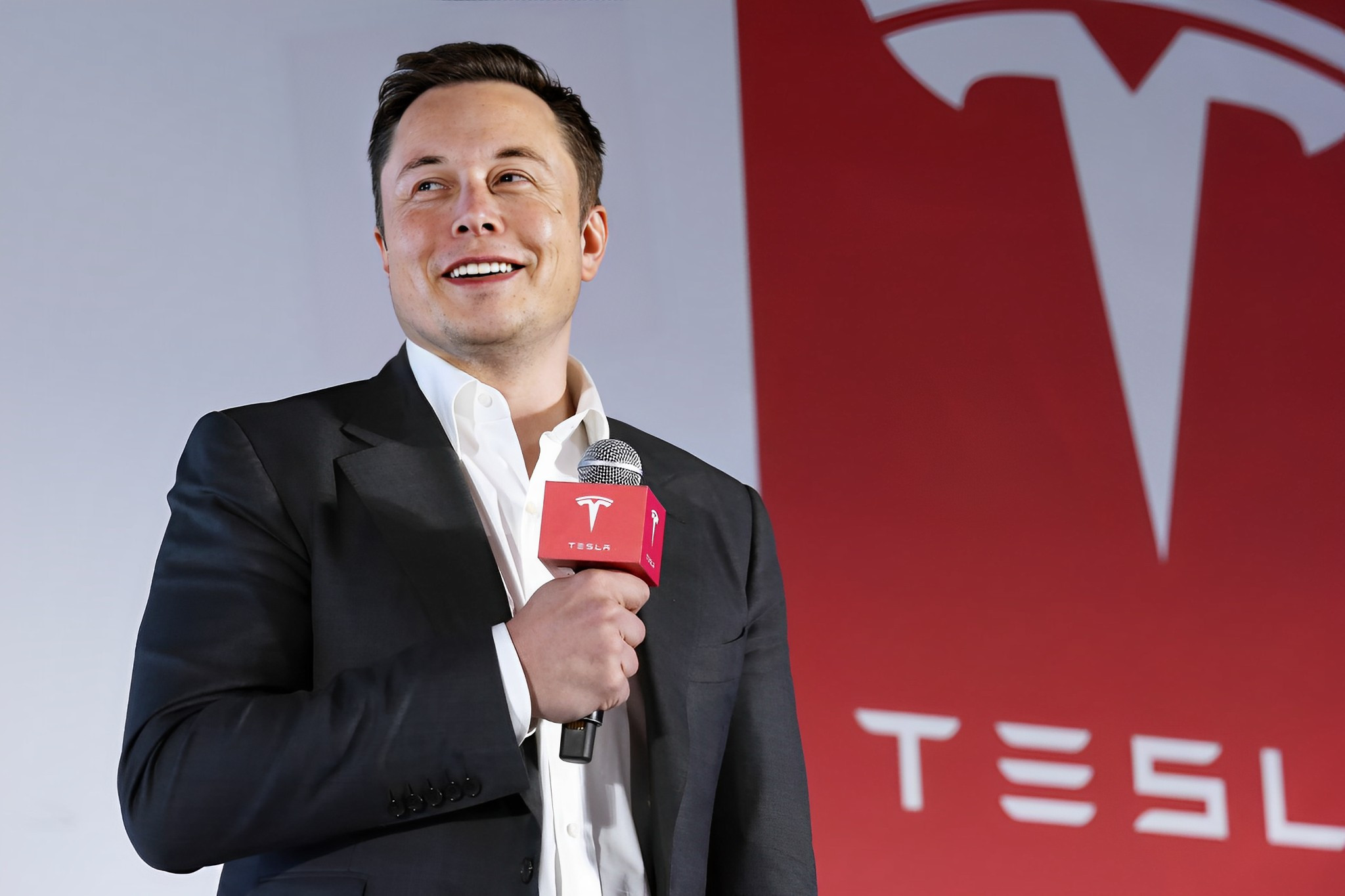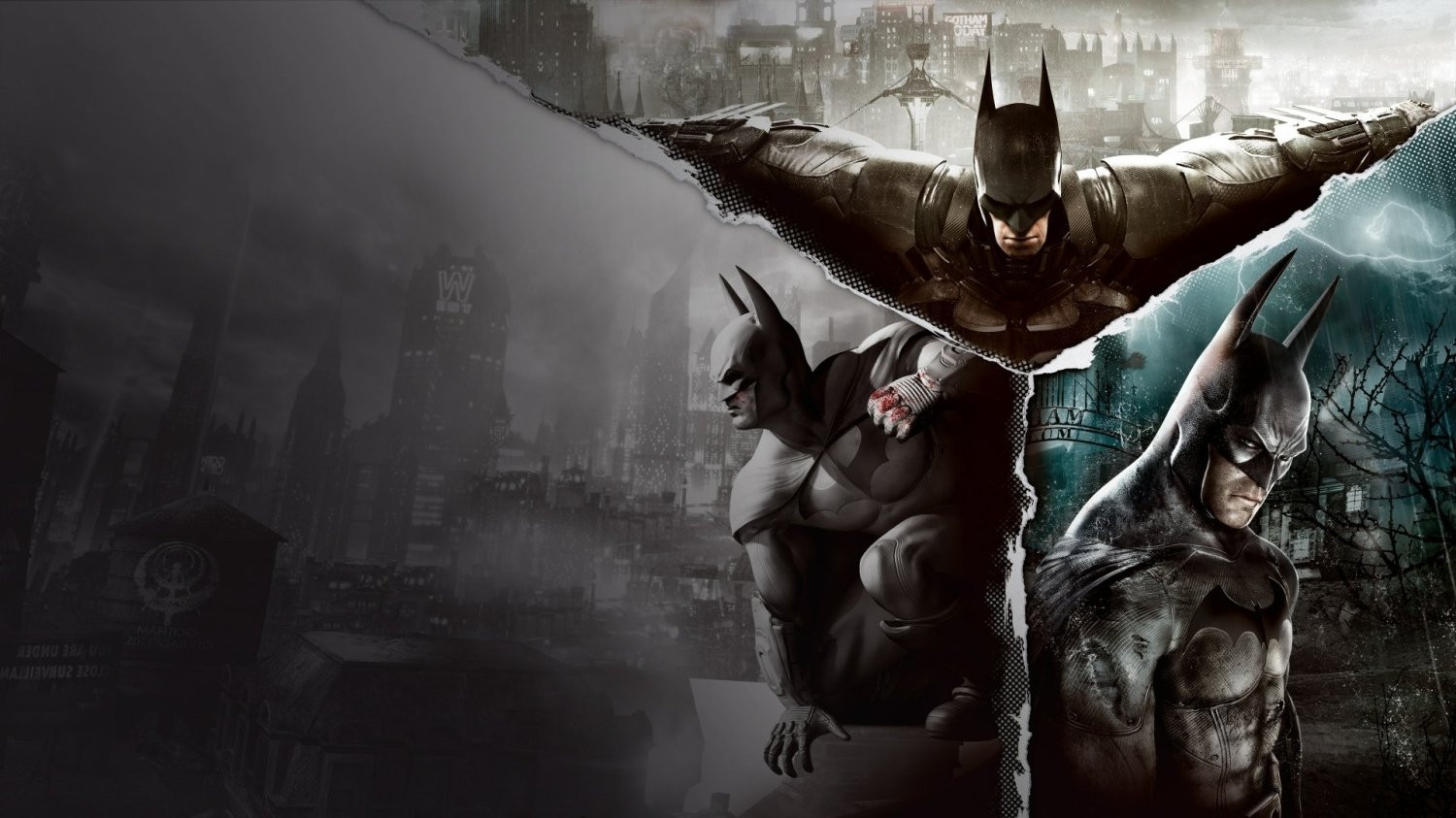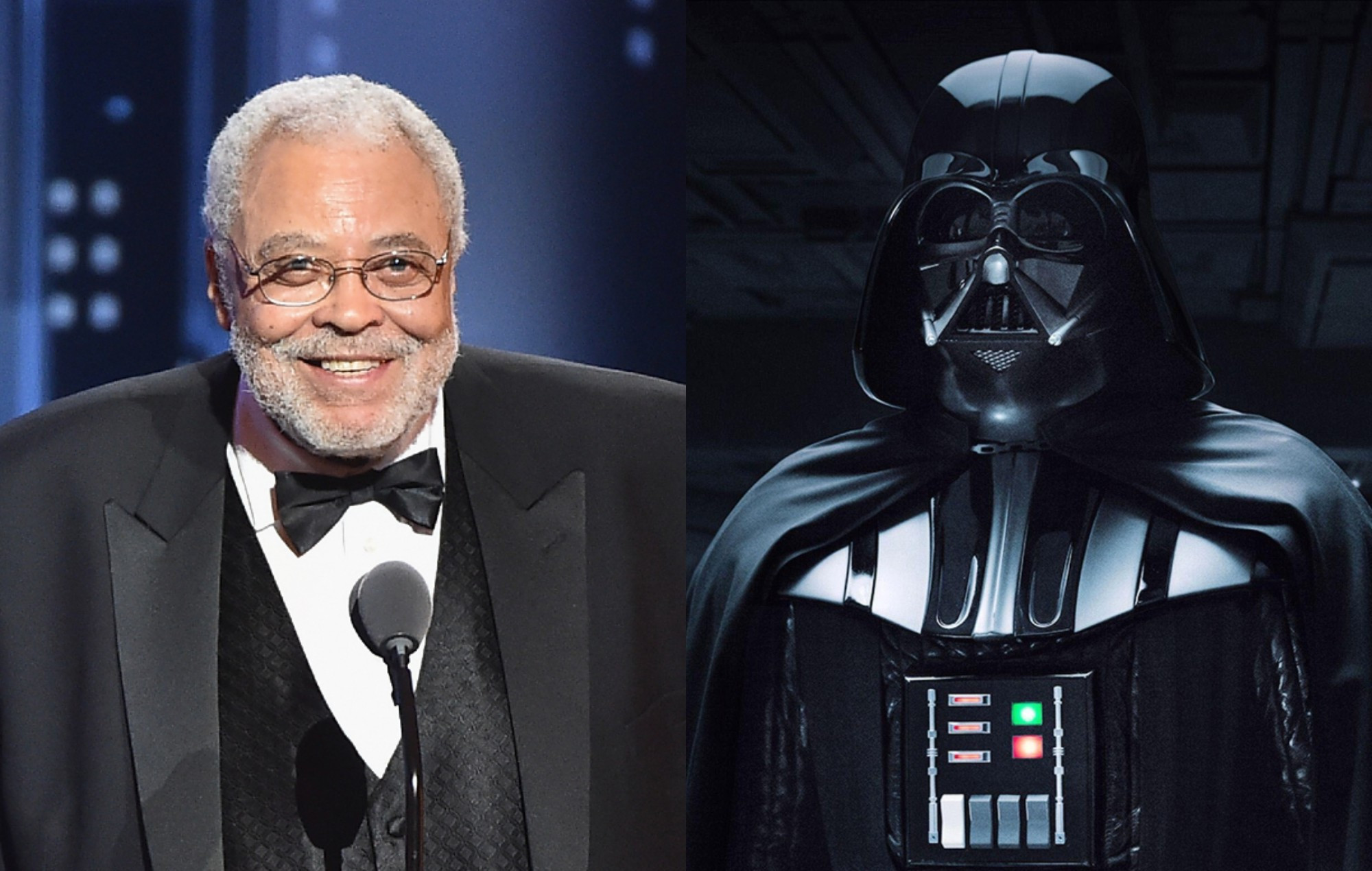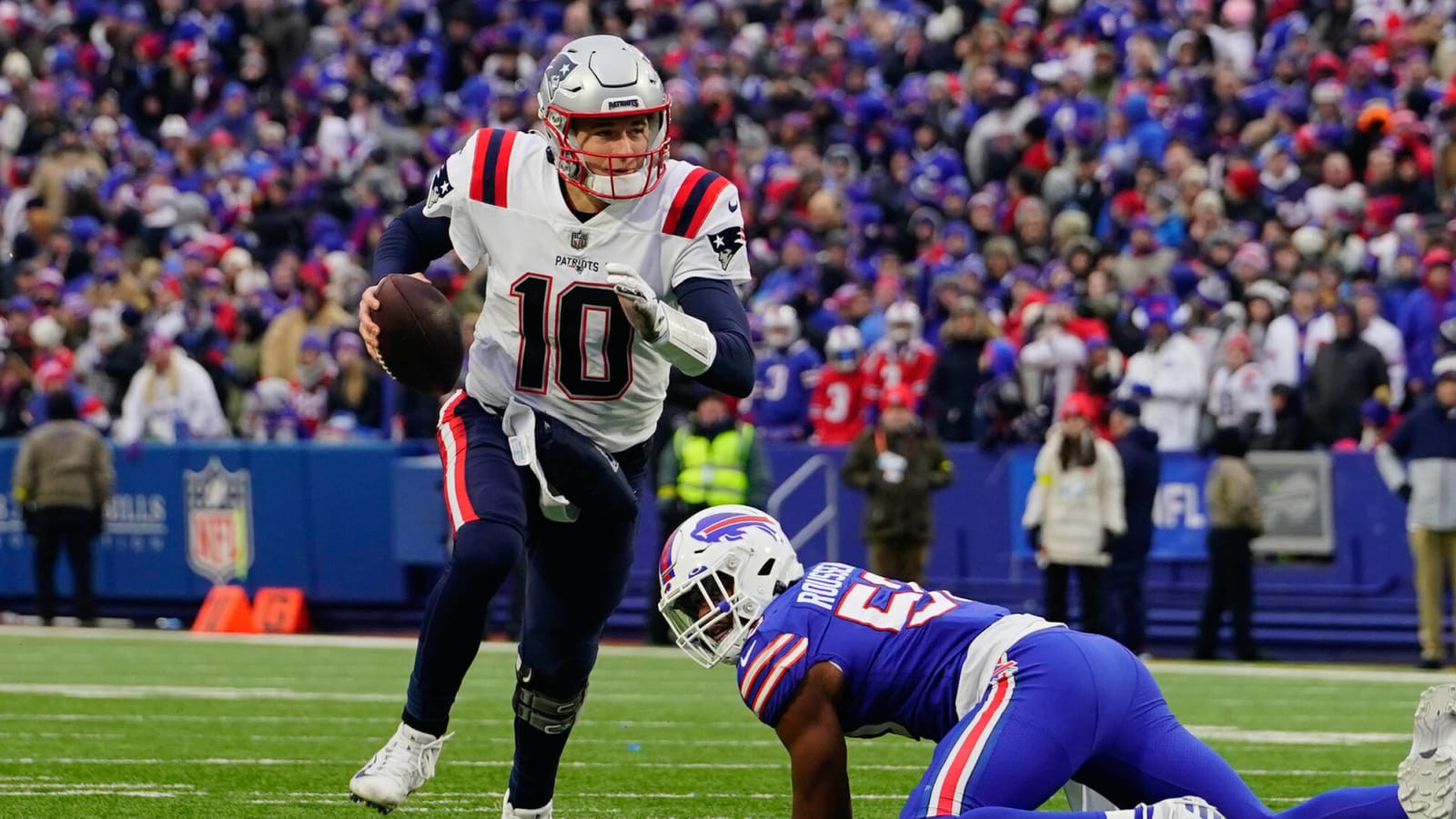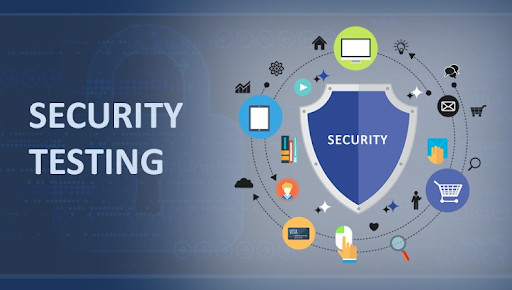Tesla CEO Elon Musk unveiled a new electric vehicle dedicated to self-driving, a possible milestone after years of false promises and blown deadlines. The robotaxi is a purpose-built autonomous vehicle, lacking a steering wheel or pedals, meaning it will need approval from regulators before going into production. The design was futuristic, with doors that open upward like butterfly wings and a small cabin with only enough space for two passengers. There was no steering wheel or pedals, nor was there a plug — Musk said the vehicle inductive charging to regain power wirelessly.
Musk said that autonomous cars are expected to be 10-20 times safer than human-driven vehicles and could cost as low as $0.20 per mile, compared to the $1 per mile for city buses. Tesla plans to launch fully autonomous driving in Texas and California next year, with the Cybercab production by 2026 — although he said it could be as late as 2027. Additionally, Tesla is developing the Optimus robot, which could be available for $20,000-$30,000, and is capable of performing various tasks.
Musk revealed the prototype robotaxi at Tesla’s “We, Robot” event held at the Warner Bros. film lot in Burbank, California, with a lot of non-public roads for the demonstration. Tesla has reportedly been mapping the area in advance of the demonstration, even though the company says it doesn’t rely on high-definition maps to power its Full Self-Driving (FSD) driver-assist feature.
Musk is attempting to steer Tesla away from its core business of making and selling EVs toward one that produces robots and AI. Tesla’s market cap is equal to almost all the other global automaker’s value combined. Much of the company’s stock price is based on Musk’s yearslong promise to solve autonomy by releasing a truly revolutionary vehicle that can drive itself anywhere it wants.
Whether Tesla’s robotaxi will accomplish that steep task is anyone’s guess. Musk has a reputation for defying the odds, but AV experts have routinely questioned Tesla’s approach to the technology, especially with regard to the company’s aggressive push for Level 2 advanced driver-assist systems like Autopilot and Full Self-Driving (Supervised).
Those features, which are not autonomous and require a driver to stay vigilant at all times, can be impressive but have also been known to make critical errors. Earlier this year, a 28-year-old motorcyclist was killed by a Tesla driver allegedly using FSD. Tesla has been forced to recall both of its driver-assist systems in the face of increased government scrutiny over the company’s autonomy claims.
But Musk has a track record of coming from behind to pull off impossible victories. The Model 3 production and the early success of the Cybertruck are two recent examples of Musk defying expectations.
During the event, Musk pitched the idea of autonomous cars as primarily a time-saver. “Think about the cumulative time that people spend in a car,” he said, “and the time they will get back that they can now spend on their books or watching a movie or doing work or whatever.”
Still, Tesla is lagging behind companies like Waymo and Cruise, both of which have racked up millions of miles of on-road testing with their driverless vehicles. To be sure, robotaxis have had a bumpy rollout, with numerous incidents of blocked vehicles, traffic jams, and even a handful of injuries. Federal safety regulators are probing several major players to discern whether the technology powering these vehicles is safe or should be recalled.
The families of Tesla drivers who have been killed in crashes involving Autopilot have sued the company for wrongful death. And Musk’s tenure as head of X, formerly Twitter, has alienated many of Tesla’s progressive-leaning customers, who have watched in horror as he promotes right-wing conspiracy theories on the platform.
The Cybercab: A Glimpse Into The Future Of Autonomous Driving
EV giant Tesla Inc. TSLA on Thursday unveiled its dedicated two-seater robotaxi product, nicknamed the Cybercab, complete with butterfly wings that open upwards. Company CEO Elon Musk said at an ongoing event in Los Angeles that Tesla made 20 units of the vehicle which drove itself into the event stage with the billionaire within. At first glance, the exterior design of the Cybercab resembles the Cybertruck’s angular and steel body.
The design also bears huge resemblances to the design shared by Musk’s biographer Walter Isaacson in his book published last year. The vehicle, Musk said, is expected to be priced under $30,000. Musk also revealed that the Cybercab will not include a charging plug – it will instead use inductive charging.
The company will start autonomous driving with its Model 3 and Model Y in Texas and California next year and the Cybercab will join the autonomous fleet in 2026 or before 2027, Musk said, while adding that he tends to be overtly optimistic with timelines.
The product was unveiled at the event called “We, Robot” held by Tesla at Warner Bros. Discovery Inc.'s movie studio near Los Angeles. Though the event was supposed to start at 10 p.m. CT, there was a significant delay of over 50 minutes. Musk said that the event was delayed because one of the guests had a medical emergency.
A History Of Promises: Will This Time Be Different?
Elon Musk and Tesla have pledged a game-changing moment in the company’s history Thursday night. It remains to be seen if they will actually deliver. For the last decade, the electric vehicle maker’s CEO has vowed that true self-driving cars from Tesla were right around the corner. The latest promises will come when Tesla hosts an event at the Warner Bros. Studios lot in California to reveal its plans for self-driving “robotaxis.”
“I think it’s one of the most important events that Tesla has ever held,” said Dan Ives, analyst with Wedbush Securities and a Tesla bull. “I think it will be viewed five to 10 years from now as what the iPhone launch moment was for Apple.”
Tesla’s robotaxis would provide rides for passengers without a driver in the car. The full self-driving vehicles would compete with ride-hailing services, such as Uber and Lyft, and Tesla would also test programs involving driverless vehicles from Google’s Waymo and General Motors’ Cruise units.
Part of the Thursday’s program could be the introduction of a model that Tesla would build specifically for the robotaxi fleet, a “Cybercab” as Musk has referred to it. But also expected are details for the company’s ride hailing service, using both Tesla-owned vehicles and cars owned by Tesla customers who might want to rent their cars for rides when not in use, kind of like an Airbnb for their vehicles. Tesla would take a cut of the revenue, with the rest of the money going to the vehicle’s owner.
But Tesla has been promising such a program was close at hand for the last five years. And even if the technology is as advanced as Musk likes to claim, getting regulatory approval to operate could be difficult. Accidents involving driverless vehicles could cause regulators to halt operations, even after they’ve been approved. It’s a risk that services using human drivers don’t face.
GM’s Cruise unit had its permits to operate driverless vehicles in California suspended by the state’s Department of Motor Vehicles after an accident in which a pedestrian who had already been struck by a car with a driver was dragged under a Cruise vehicle for 20 feet, resulting in serious injuries.
Musk and his supporters insist that this will change the basic economics of the way people get from point A to point B, which will in turn propel Tesla stock to a valuation that would dwarf any current company’s market value. Musk’s promises about autonomous cars have boosted Tesla stock for years.
They predict Tesla could not only make more money selling rides than actually selling cars but also increase demand from buyers who make back their purchase prices by renting their cars out for rides.
The Skepticism Remains: A History Of Unfulfilled Promises
Tesla and Musk have made promises many, many times before about autonomous vehicle capabilities and when true self-driving would be available. So far Tesla has not lived up to those promises. And, beyond the question of the technology, there are significant regulatory hurdles that will need to be overcome.
Tesla has long offered what it calls Full Self-Driving or FSD as an option on its cars, currently priced at $8,000. But despite its name, Tesla says that drivers need to continue to sit in the driver’s seat, ready to take over control of the vehicle, even when in FSD mode.
In a July call with investors, Musk said he expected to have “unsupervised (driving) possibly by the end of this year,” adding “I would be shocked if we cannot do it next year.” But he also conceded, “obviously my predictions on this have been overly optimistic in the past.”
In fact, Tesla has been about a year away from true full-self driving for many years now if you listen to Musk’s past statements. “I’m the boy who cried FSD. But I think we’ll be better than humans by the end of this year,” he said in a call with investors in July 2023, before adding: “I’ve been wrong in the past. I may be wrong this time.”
While Tesla and Musk have insisted that FSD has met the goal of being safer than human drivers, outsiders who have tested the service have found the vehicles susceptible to crashing if not for drivers taking control frequently. One independent testing service, AMCI Testing, found that drivers needed to take control every 13 miles driven, on average.
“You’d have three accidents every hour. That is thousands of times worse than competing technology,” said Gordon Johnson, an analyst who is a longtime harsh critic of Tesla and Musk. He predicts Thursday’s Robotaxi rollout is “going to be a massive disappointment for investors.”
Even some of those who are bullish on Tesla’s ability to live up to its promises think that the service is at best three to five years away. “We’re looking at disengagements at 3% of miles driven. While 97% of the way there sounds close, it’s not even close,” said Gene Munster, managing partner at Deepwater Asset Management, about the number of times that a human driver needs to take control. “It has to be well above 99%. And to go from 95 or 97% to 99% is really hard. And then there’s the question of how many 9’s the regulators will want to see. Is it 99.9%, 99.999%?”
“I think it’ll take two years to get the technology right,” Munster said. “And two to three more years to get the needed regulatory approval.” While Munster is optimistic about Tesla’s ability to succeed in the future, he suspects the event could leave investors unimpressed. “They’ve been talking about it for years,” he said. “The biggest question is about timing. If it’s anything more than three months out, then investors will take it with a grain of salt.”
Even a bull like Ives said it’s crucial that Musk break through the skepticism that abounds, given his past promises. “This is a fork in the road moment for Musk and Tesla,” he said. “Either you walk away from the event as a jaw dropping moment, or you walk away with a shrug of shoulders event.”
Will The Robotaxi Revolution Actually Come To Pass?
Only time will tell whether Tesla’s robotaxi will be the game-changer that Musk has been promising for years. While the technology behind autonomous vehicles has advanced significantly, there are still many hurdles to overcome before they become a mainstream reality.
The regulatory landscape is complex and evolving, and safety concerns remain a top priority. Accidents involving driverless vehicles have raised questions about the reliability and safety of the technology. Public perception is also a factor, with many people still hesitant to trust their lives to self-driving cars.
Despite these challenges, the potential for robotaxis to revolutionize transportation is undeniable. They have the potential to make transportation safer, more efficient, and more accessible. But whether Tesla’s robotaxi will be the vehicle that drives this revolution remains to be seen.
Only time will tell whether Tesla can finally deliver on its promises.




